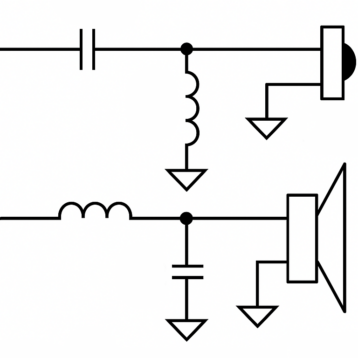Loudspeaker Design
When designing a loudspeaker there are 2 main considerations once drivers have been chosen.
The cabinet design serves many functions but the main one is the acoustic loading of the drivers. All drivers are designed to work optimally in an enclosure that damps them properly, allowing the full dynamic range of that driver to be used which also stopping over excursion as the driver becomes acoustically unloaded. It’s important to get that box design correct. It also helps getting bass working correctly in the room dimensions and boundary conditions you have in your listening room.
Spectral flatness (particularly in the critical hearing range of 700Hz to 7kHz)
Low energy storage & resonances (correct driver choice and cabinet design & construction techniques)
Minimal non-linear distortion (in drivers and crossover)
Uniform on-axis / off-axis behaviour (to reduce room dependency)
Crossover design allows different drivers to work properly within their pass bands and creates a merged soundfield that hopes to present a flat frequency response, good on and off axis behaviour and minimal distortion.
Showing the single result
-

Loudspeaker Crossover Design Service
Price range: £95.00 through £120.00 UK VAT added in cart Select options
Showing the single result

